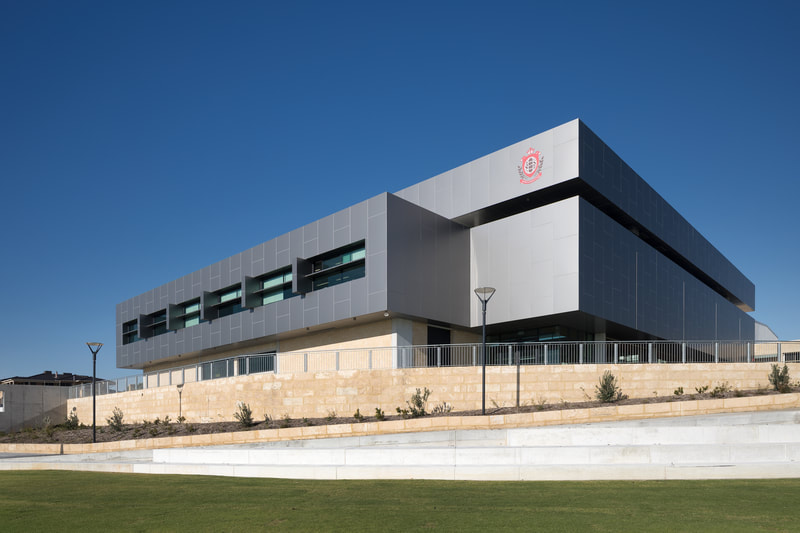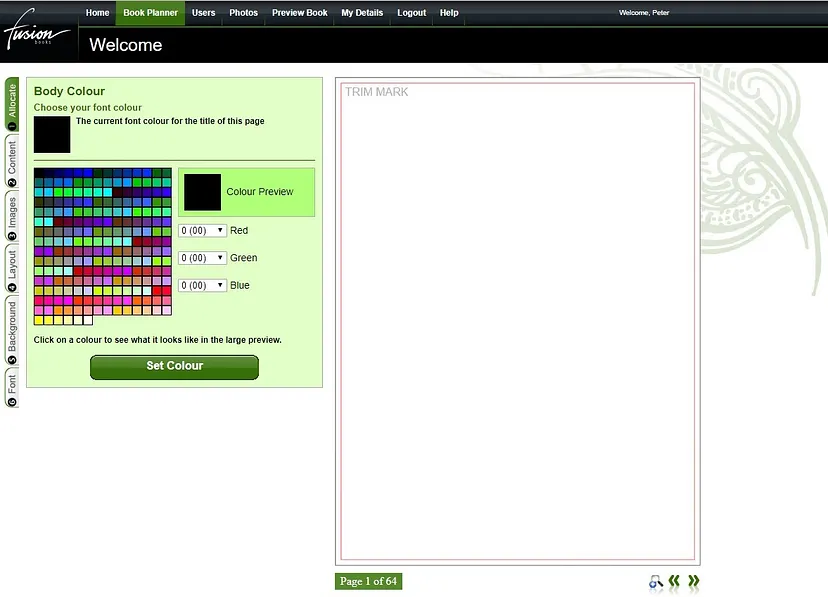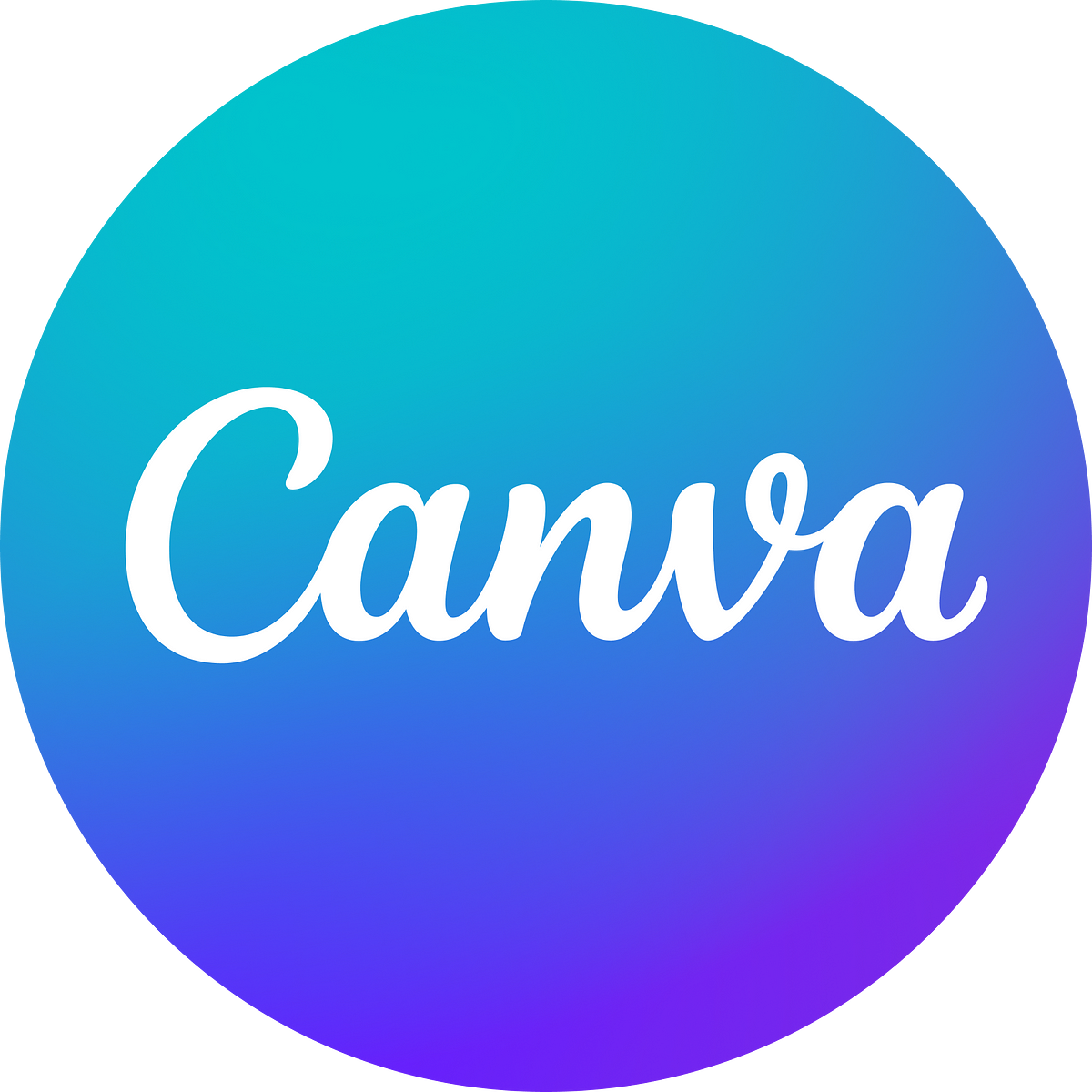
Canva dominates the graphics market as a prominent graphics design platform.
Canva users create numerous varieties of media.
They have almost complete access to banners, flyers, gifs, mp4 files, logos, or perfectly-sized social media posts.
Canva is free to use, however, users can subscribe to CanvaPro for benefits.
Behind Canva’s success is Melanie Perkins. An Australian billionaire software developer is the creator and CEO of Canva.
Perkins is the co-founder of Fusion Books, a platform that allows users to produce yearbooks without professional software, which inspired the concept of Canva.
Perkins has a net worth of $3.6 billion in February 2022; Perkins is one of Australia’s richest women. Perkins advocates gender equality in the workforce and has signed the Climate Pledge (1% for Our Planet).
Ever since Canva’s creation in 2013, it has generated over 75 million users in 190 different countries, 10 billion designs, and more than $40 billion in value in 2021.
Currently, Canva is one of the best freemium graphics design software due to its functionality and elements to date.
“If the whole thing was about building wealth, that would be the most uninspiring thing I could possibly imagine.”
Melanie Perkins
From Wool to Yarn

Perkins was born on the 13th of May, 1987, in the city of Perth, to a Filipino and Sri Lankan family. Perkins attended Sacred Hearts College, Sorento, for her secondary education. When Perkins was 14, she began her first business venture: designing, and selling scarves to shops and markets across Perth. “When I was 14, I started my first business, creating handmade scarves that I sold at shops and markets throughout Perth, and I never forgot the freedom and excitement of being able to build a business,” said Perkins of her first business.
After Perkins graduated from Sacred Hearts College, she enrolled at the University of Western Australia, majoring in communications.
During her time at university, Perkins tutored her peers on how to use graphic design applications, such as Adobe Photoshop.
Many of Perkins’ students struggled to utilize programs, requiring months to grasp the basics of the programs. Furthermore, many of the applications are often expensive with a high learning curve. Perkins soon realized a massive business opportunity in creating a graphic design platform.
Making it simple, affordable, online, and collaborative.
Eventually, her little idea became the seed of Canva.
Fusion Books: the Canva before Canva

Perkins collaborated with Clifford Obretch, a technology entrepreneur, and Perkins’ boyfriend, in her cause. However, due to a lack of resources and know-how, the couple resorted to a smaller-scale business model.
Perkins was inspired by her mother who was a teacher coordinating the yearbooks of her school. Perkins’ mother (working a full-time teaching job as well) stated that the process of making a yearbook takes more than 100 hours in many steps: taking pictures, fixing and converting file formats, formatting, etc.
Despite facing rejection from many software developers, citing the high development cost, a company titled InDepth, now Cirrena was interested in FusionBooks.
The pitch went smoothly and both companies agreed.
Thus, Fusion Books came to life as an application in 2008.
I remember your first pitch so clearly.
Before you told us anything you tested us… you made Peter (our dev) do a drag-and-drop grid zone, in which Internet explorer 6 was incredibly difficult.
Greg Mitchell, CEO of Cirrena, to Perkins
Three months after its launch, Fusion Books served its first customer, a teacher from the other side of Australia.
Whenever Perkins and Obretch had money left over, they would fund some modest marketing campaigns.
With their moms and dads, both would advertise to schools across Australia via physical letter. Their parents would lend their hands by folding, sealing, and stamping their letters.
After some experimentation in promotions, both discovered that sending yearbook samples beforehand would gain more trust from schools.


While the company grew larger over time, Perkins and Obretch remained busy. They renovated the interface, functionality, and utilities to make Fusion Books more user-friendly.
France and New Zealand were among the first countries to jump on early usage of Fusion Books.
Realizing her success with Fusion Books, Perkins dropped out of the University of Western Australia to pursue Fusion Books further.
The success of Fusion books has shone brightly, with more than 400 schools using it in their yearbook creation, with 10% of Australian schools using it.
With Fusion Book being a success, it was time to move to a bigger picture.
Riding the Waves

Success is where preparation and opportunity meet.
Bobby Unser
In 2011, Bill Tai, a well-respected venture capitalist hailing from Silicon Valley, visited Perth to attend a startup and relax; Tai has funded many popular brands, such as Zoom, TweetDeck, and Wish.
Noticing a massive window of opportunity, Perkins and Obretch joined Tai in a dinner to discuss plans for Canva. Despite leaving empty-handed, both gained more insight into their projects and something unexpected: a passion for kitesurfing.
Tai invited Perkins and Obretch to pitch their ideas to investors and executives in Silicon Valley. However, it was not all roses. Many investors were concerned because the headquarters were in Australia. The scarcity of economic opportunities at the time was of foremost concern.
According to Perkins, both were declined by investors over a hundred times.
Despite the rejections, both remained persistent in their cause.
Additionally, Tai is also an avid kitesurfer. Tai was holding kitesurfing outings with prominent executives and developers.
To gain the attention of kitesurfers, Perkins and Obretch learn kitesurfing.
After gaining recognition from Tai himself, Tai invited Perkins and Obretch to Bill Tai’s retreat in 2012. During their time chasing the waves and flying high, Tai introduced them to many faces, including Lars Rasmussen, CEO of Google Maps, and Cameron Adams, an ex-Google employee and founder of Fluent.io. Both become interested in the couple’s plans, joining in as co-founders of Canva.
In March 2013, Canva raised over $3 million in capital for its first development.
Ken Goldman who is the COO of Yahoo was involved as well.
Canva: Innovating Creativity

After six months of development, Canva officially launched on the 1st of January, 2013 with reviews trickling in.
Unbeknownst to Perkins and Obretch, the timing of the launch was perfect for social media on the rise. As online activity on platforms, such as Facebook or Instagram, steadily increased, many users wanted to improve their presence on the Internet. Additionally, businesses had to change how they reached their customers.
Canva was and is virtually free. Simple and customizable, within its first month of operation, Canva generated over 50,000 new members.
Many traditional companies without access to professional design feature now utilized Canva to improve their range and branding.
Since its creation, Canva has added new varieties of assets to its software to expand its reach to users.
For example, video editing, whiteboards, or even websites.
With more tools and added features to allow more customization of its products and simplify its creations, users have access to image editors, collaboration tools, and styling elements.

As the company grew larger, Canva planned to expand to mainland China, as there is a major gap in the largest Asian digital market.
Despite being a goldmine, many companies have failed to thrive due to fierce competition, diverse economic environments, and a lack of relations with local companies.
Nevertheless, the plan was set in motion as Canva opened its first branch in Manila, the Philipines in 2012.
To establish an office in mainland China, the business engaged a former executive from LinkedIn’s China.
Today, there is a Chinese version of Canva (a subsidiary, not a copy) that abides by Chinese IT laws and caters to the country’s social media (e.g. WeChat, Weibo, or TikTok).
Canva received another $3 million in investment from Thiel’s Founders Fund and Shasta Ventures due to the site’s success. According to statistics, there were more than 600,000 users on the site, and one million designs were created.
Throughout the 2010s, despite facing fierce a severe cyber attack and competition from Adobe, Canva remained one of the best graphic design software platforms on the market.
The 2%

During Perkin’s time at Fusion Books and Canva, she became aware of gender inequality in the workforce, including in technological industries and start-ups.
Perkins represents the 2% of female CEOs in venture-backed enterprises throughout the whole workforce.
Perkins has also taken activism by writing an article addressing the issues of inequality in the workforce and encouraging people who “are on the outside.”
What we need in this world is a broad range of people achieving crazy big goals across every single industry.
The stats can look frightening and it can seem intimidating when it’s not a well-trodden path, but let’s pave the path forward towards a better tomorrow, and create the world that we all want to live in.
Melanie Perkins in “A message for those who feel they’re on the outside”

While Perkins and Obretch are content with their finances, they wanted better living conditions for others. Both magnates pledged to Bill Gates’ Giving Pledge, a campaign encouraging affluent individuals to donate half of their net worth to charity, with the goal of eradicating severe impoverishment.
Canva participated in many initiatives to improve the well-being of people across the globe by forming the Two-Step Plan. The initiative consists of improving the company’s value and funding philanthropic programs.
In 2021, Canva contributed to three main charities.
- $10 million have been donated to GiveDirectly, then distributed throughout East Africa to support families, businesses, and the local economy.
- Canva’s own campaign to promote reforestation efforts: One Print, One Tree, has planted over one million trees.
- Tech For India, a philanthropic program whose goal is to provide India with medical equipment during the COVID-19 pandemic, has received over $2.1 million from Canva.
Impact

Today, Canva is considered one of the most useful graphic design applications on the market due to its simplicity and accessibility.
There are more than 100 million monthly users on Canva, with 5 million subscribed for premium membership.
Generating nearly $1 billion in revenue, Canva has become one of the world’s largest unicorn startup companies. Philanthropically, Canva has been involved in many non-profit foundations to help people in need.
All of this is from a girl trying to teach a friend how to use Photoshop.
- Domino Transplants: A Complicated Affair Made Simple
- Power Moves: The 10 Most Impactful Acquisitions in Business History
- Behind the Swoosh: The Journey of Phil Knight and Nike
- Fusion Energy: The Hype, Build-up, and Future
- Reginald Lewis: A Tribute to the First African American Billion-Dollar Business Tycoon


